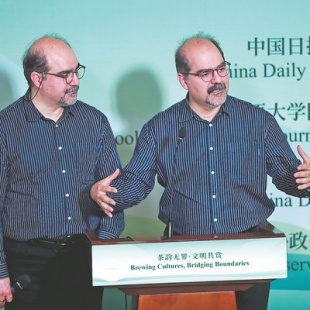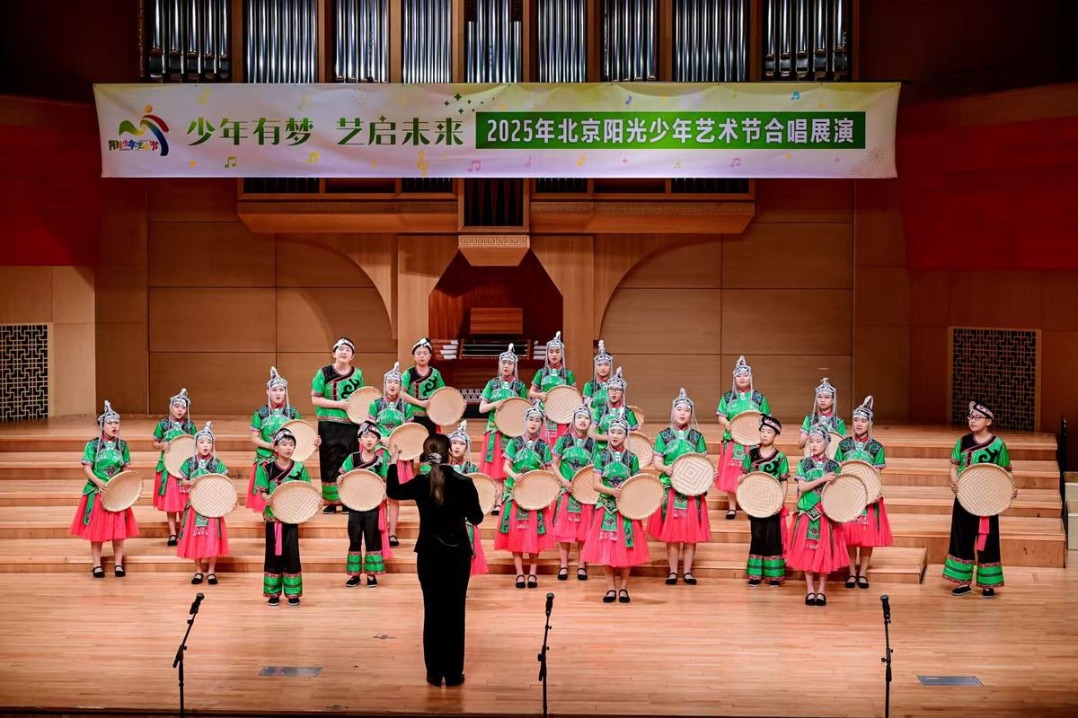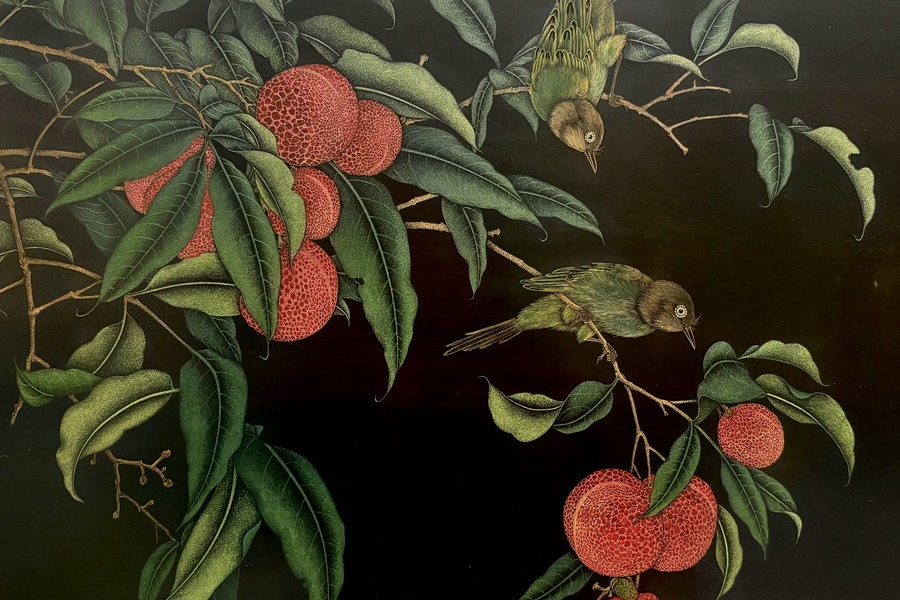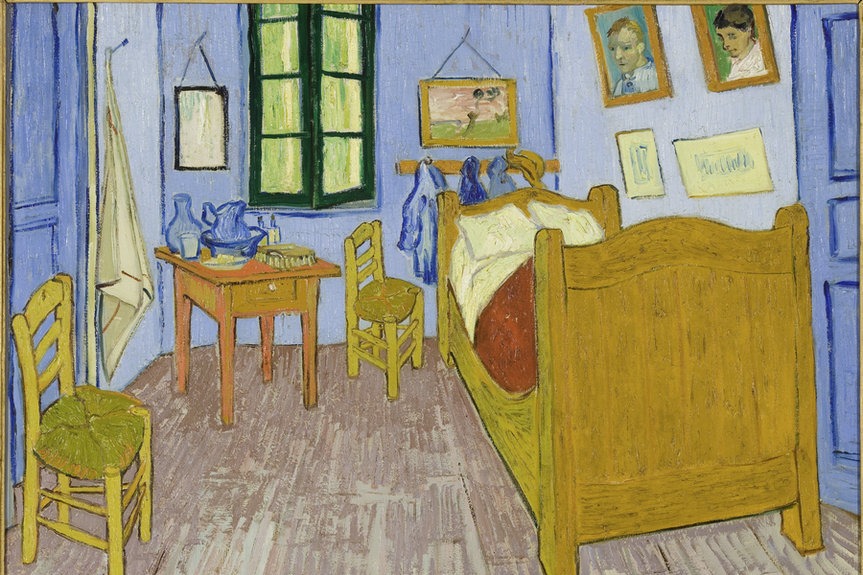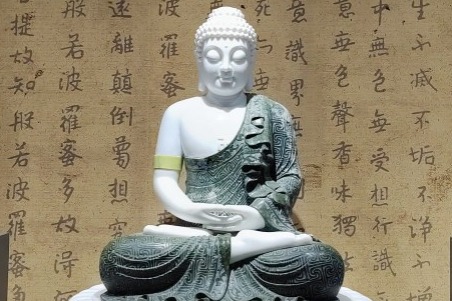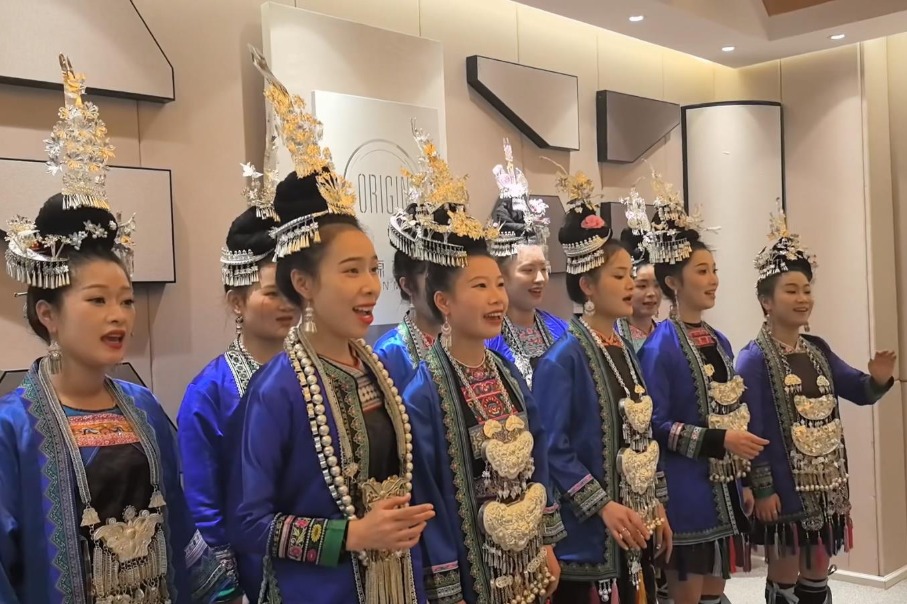Iranian twin brothers pour hearts into home country's hot beverage

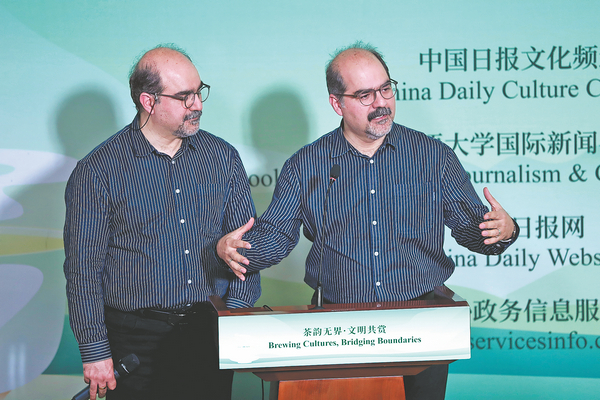
At a tea culture event held on Saturday at Beijing Foreign Studies University under the theme "Brewing Cultures, Bridging Boundaries", visitors sampled a variety of specialty teas from across China, such as Zhengshan Xiaozhong (Lapsang Souchong) from Fujian province and Pu'er from Yunnan province.
But one booth stood out for its distinctive presentation — a traditional metal samovar, used to heat water, with a ceramic teapot resting on top and small glass cups for serving, an iconic Iranian setup for brewing and serving tea.
Equally striking were the hosts behind the booth: a pair of identical, Iranian twins who smiled warmly and poured tea for the guests.
The 50-year-old brothers, Majid Shamaeizadeh and Massoud Shamaeezadeh, are Iranian artists who served their country's signature black tea, inviting visitors to enjoy it alongside a splash of Iran's saffron water for added fragrance and color.
"Iranians often enhance their black tea with spices like cinnamon, rose petals or dried orange peel," says Massoud Shamaeezadeh. "We might also pair it with pistachio candy or traditional sweets."
He explains that the typical way to enjoy tea in Iran is to place a small piece of sugar or dessert in the mouth, then sip the hot beverage slowly, allowing the sweetness and aroma to unfold together. "It's a delicate balance of flavor, where sweetness meets the tea's richness."
Though tea arrived relatively late in Iran, the younger brother notes that it quickly took root. "Iranian black tea was introduced about 200 years ago by the royal family, who brought it from India and encouraged cultivation in Iran's northern regions, which have the right climate," he says. "Before that, coffee was more common, but tea quickly replaced it to become the nation's favorite drink."
Interestingly, despite their name, many "coffeehouses" in Iran serve mostly tea. "They're social hubs," he says. "People gather to talk, sing, or listen to stories."
Tea also plays a symbolic role in Iran's marriage traditions. In the past, matchmaking was typically arranged by families, with little direct contact between the bride and groom before engagement. During the introduction ceremony, the groom's family would visit the bride's home for a formal meeting.
"At one point, the bride's father would call out, 'Daughter, bring the tea!'" Massoud Shamaeezadeh says. "This was often the first time the groom saw the bride up close. She would come in carrying a tray of tea, serving each guest in turn.
"That moment of delivering tea to the guests was a meaningful and emotional introduction between the couple. Years later, many still remember it vividly," he says.
The brothers arrived in China in 2008 to pursue PhDs in design at Tsinghua University. "Our research focused on national branding and how design can enhance a country's image," Majid Shamaeizadeh recalls.
After graduating, they decided to stay in China and began organizing cultural exchange activities to introduce Iranian culture to Chinese audiences.
In January, they opened a cultural experience shop in Beijing, offering Chinese visitors a direct window into Iranian traditions, including, of course, black tea, as well as Persian handicrafts, music and traditional hospitality.
"Many of our Chinese guests enjoy Iranian black tea," says the older brother.
The twins grew up drinking tea every day. For them, a traditional Iranian breakfast includes bread, cheese, walnuts, and a strong cup of tea. That hasn't changed since moving to China. "We still have our Iranian tea daily," he says. "But we've also come to appreciate Chinese black tea.
"Iranian tea has a stronger, more intense flavor, often with added spices, while Chinese black tea is purer and more refined. I like them both."


